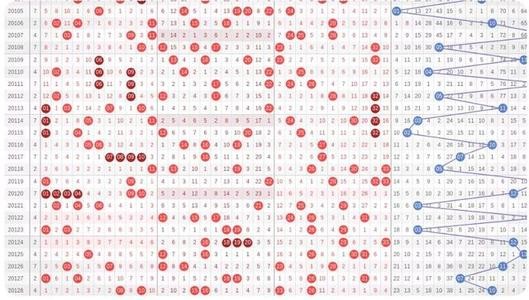
Astronomers have discovered a new PINK planet on the edge of our Solar System.
The dwarf planet - given the name 2012 VP 113 by scientists - is 80 times further from the Sun than Earth.
It is 280 miles in diameter and is in a distant area of the Solar System way beyond Pluto once thought to contain no planets at all.
The pink-tinged lump of ice and rock circles the sun at a greater distance than any known object, never getting closer than 12bn km.
The object - dubbed 'VP' or 'Biden' after the US Vice President - is only the second to be found in a mysterious region at the boundary between the Solar System and outer space called the inner Oort Cloud.
Astronomers now believe there may be thousands of previously unknown objects orbiting the Sun at this distance.
And they believe that the pattern of the new planet's orbit suggests it is caused by the gravitational pull of a 'Super Earth' that traces such a large orbit around the Sun that it has never been seen.
Astronomer Scott Sheppard, who found the new planet with colleague Chad Trujillo, said: "If you took a Super Earth and put it a few hundred astronomical units out, the gravity could shepherd this new object into the orbit it has."
An astronomical unit is around 150 million kilometres.
The traditional view of the Solar System had been that of nine planets orbiting the Sun.
This was overturned in the 1990s when scientists found that Pluto is orbiting in a band of thousands of icy objects called the Kuiper Belt.
Beyond this belt only one object - another dwarf planet called Sedna - was thought to exist on its own.
(艺术家所描绘的Sedna)
But the latest discovery suggests that our Solar System has a number of planets at its edges.
Professor Andrew Coates, Head of Planetary Science at University College London's Mullard Space Science Laboratory, said: "This looks like a very exciting result giving a glimpse of what the inner Oort Cloud might tell us.
"This represents the real edge of the solar system, with objects in orbit around the Sun up to a quarter of the way to the nearest star.
"But the inner Oort Cloud is more difficult to detect, and the new result gives us a taste - including the possibility of planet-sized, previously undetected objects. We will have to wait for more results to find out for sure."
Chris Lintott, an astronomer at the University of Oxford, said: "There's something joyous in the fact there are still things to be discovered."
中文报道(来源:人民网)
据英国《镜报》3月27日报道,美国卡内基科学研究所天文学家斯考特·谢泼德在太阳系边缘发现一颗粉红色星球,并以美国副总统(VP,Vice President)的名字命名它。
这是一颗矮星,被命名为2012 VP113。它的直径为450公里,位于冥王星更外侧的太阳系边缘地区,科学家曾认为那里没有行星。这个由粉红色冰和岩石组成的行星在围绕太阳运转。
这颗行星是在太阳系与被称为内奥尔特星云的外太空之间的神秘地区发现的第二个天体。天文学家们认为,或许在距离太阳极远地带,还有数千颗前所未知的物体围绕太阳运行。科学家们认为,新行星围绕太阳运行的方式预示出超级地球存在的可能,它可能围绕太阳远距离运行。
发现这颗粉色星球的天文学家谢泼德说:如果将一颗超级地球放在数百个天文单位以外,重力会引导这颗新星球进入之前的轨道。一个天文单位大约有1.5亿公里远。
传统观点认为,太阳系有9大行星围绕太阳运转。但是这种观点在20世纪90年代被推翻,当时科学家们发现冥王星正围绕柯伊伯带(Kuiper Belt)运转,这里有数以千计的冰冷天体。而在柯伊伯带以外只有一个天体存在,即矮星Sedna。最新发现显示,太阳系在边远地区也有许多行星。
标签:粉色,星球,太阳系
















